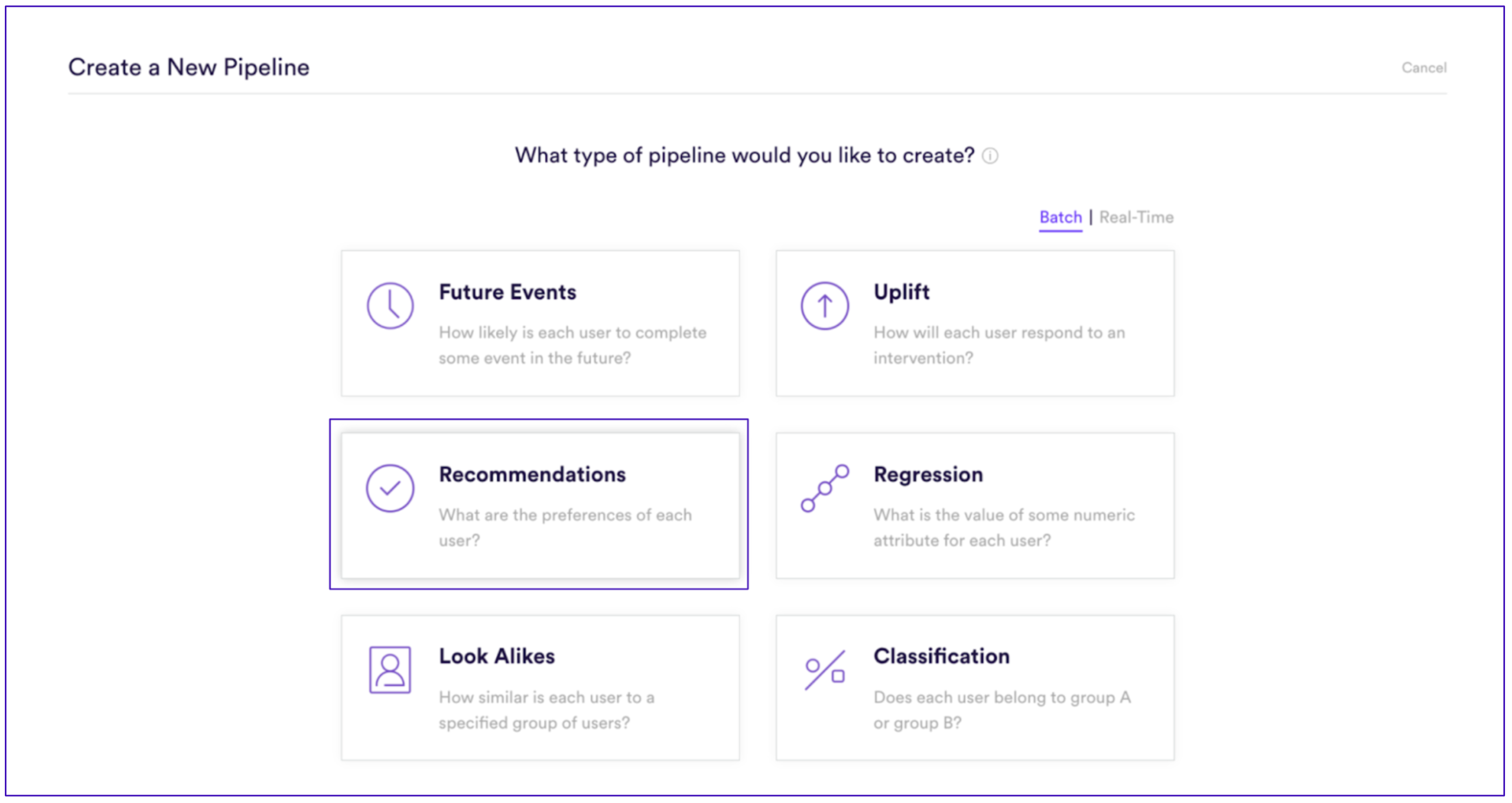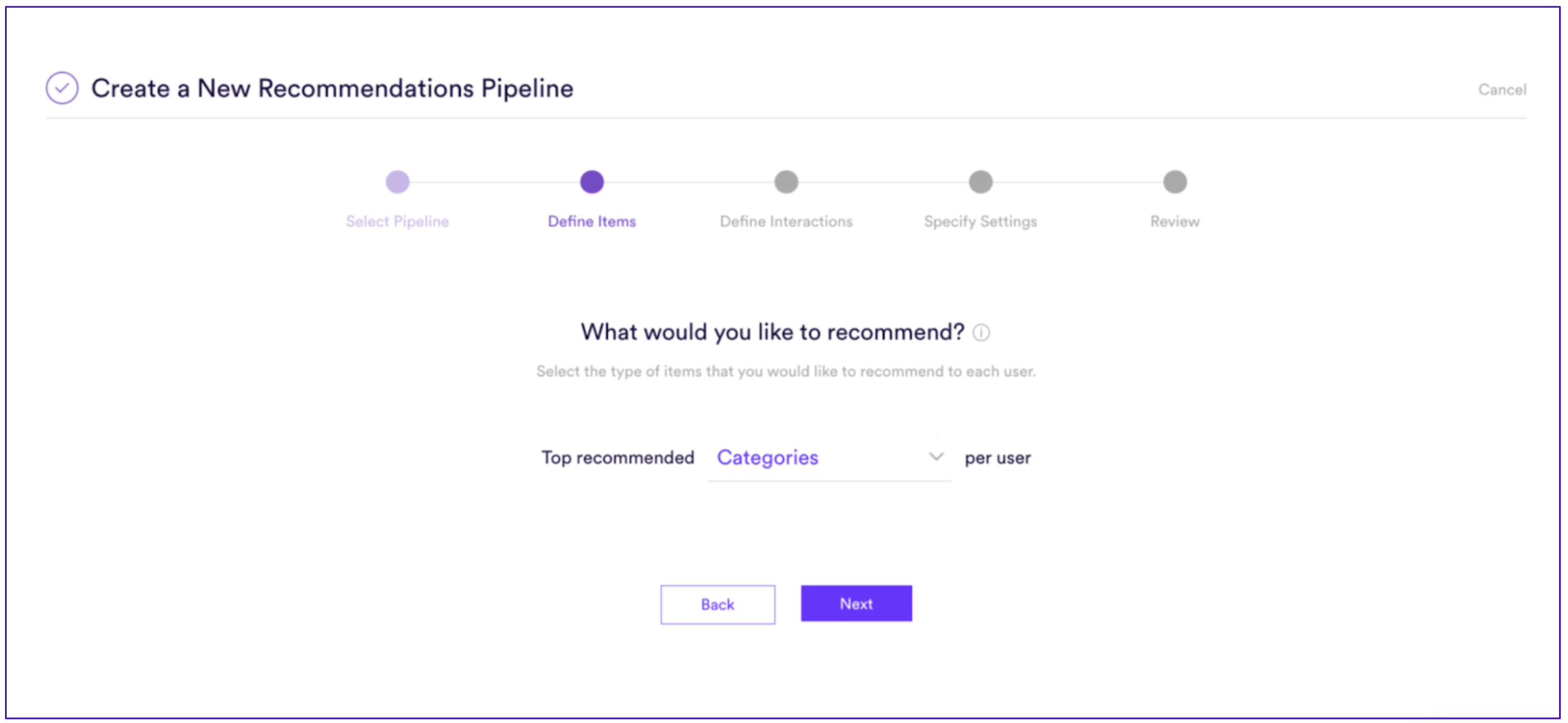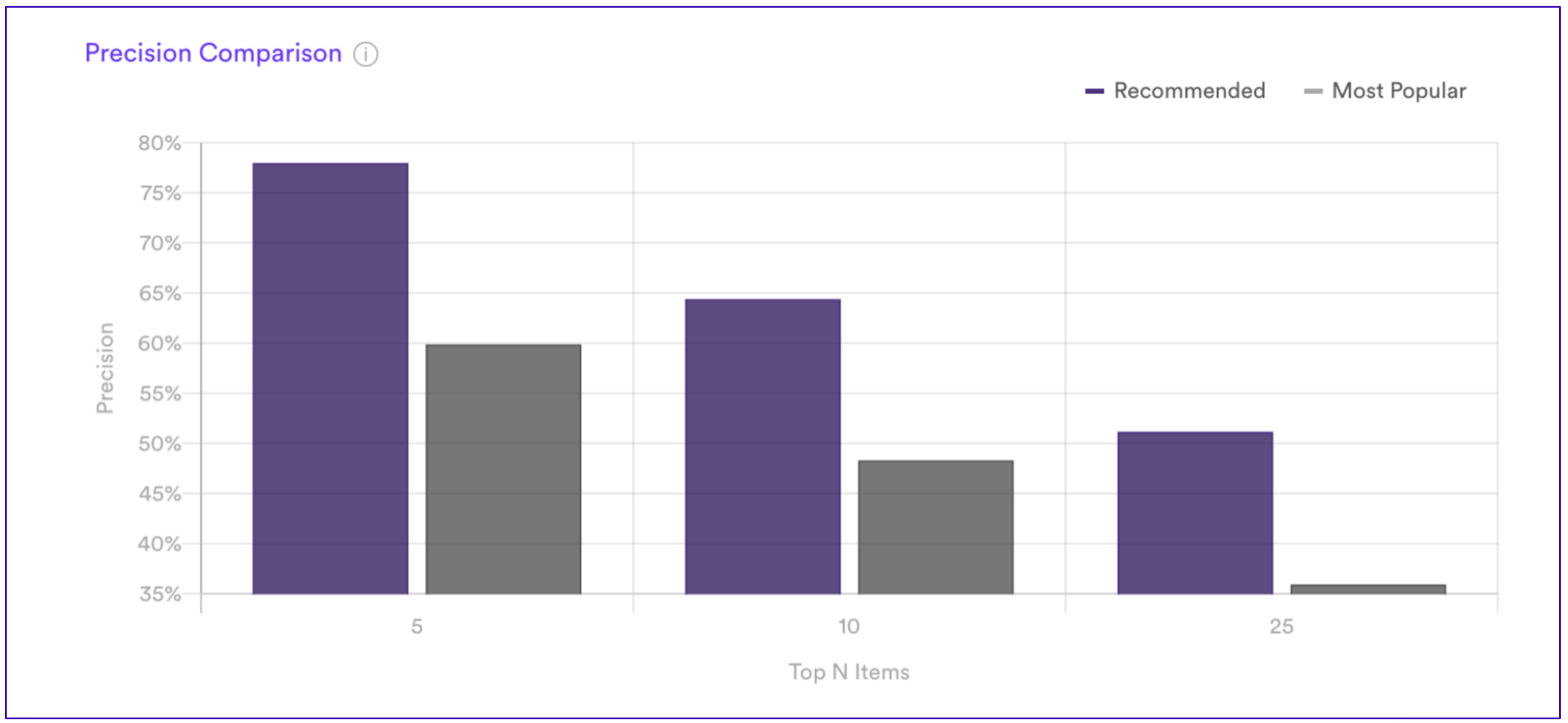The Results:
Increase in Accuracy Over “Most Popular”

Increase in Accuracy Over “Most Popular”
Vidora worked with a major media company to predict category preferences for users based on their past user behaviors and attributes. Behaviors included: content consumption behaviors, site visit behavior, video viewing behavior, etc. The goal was to obtain users’ preferences by encouraging them to follow their favorite topics, ultimately enabling personalized experiences on a per user basis.
A key challenge for online companies is deriving an understanding of user preferences from implicit user behaviors. In this case, the media company was interested in understanding the topic preferences for each user. Some of the technical challenges the media company faced included –
Given the dynamic nature of the user and content data, it was beneficial to approach this problem from a machine learning perspective. Machine learning allows a business to adapt to changes in content and user behaviors, while maintaining a personalized user experience. The alternative to machine learning might be a heuristic “rules-based” approach, which would not embody the adaptive characteristics inherent in machine learning technology.
The media company turned to Cortex to help recommend the best categories for each user. With just a few clicks in Cortex, a machine learning recommendations pipeline was created. This pipeline automatically ingested large-scale behavioral and attribute data from our media partner and created recommended categories based off that data.

Creating a new category recommendations pipeline within the Cortex UI.

In this example, our partner wanted to understand the best categories to recommend to each individual user and enable a more personalized experience. (Note: the drop down for recommendations could include other categorical data like authors, genres, etc).
Cortex translated large scale behavioral data into topic and category preferences across tens of millions of users. Personalized category recommendations outperformed other algorithms like “most popular” by 43%. The “most popular” algorithm finds items that were most popular in the past across all users. The Cortex UI automatically compares the personalized experience to the “most popular” baseline algorithm to enable a business to quickly assess performance increases from personalization.

Cortex automatically provides a comparison of the “most popular” algorithm vs. the personalized categories recommended by Vidora.
In addition, the framework was able to continually train based on the latest data to ensure an optimally personalized experience despite changing behavioral patterns and changing content. Ultimately understanding topic preferences enables a myriad of personalization experiences including –
Learn More Today